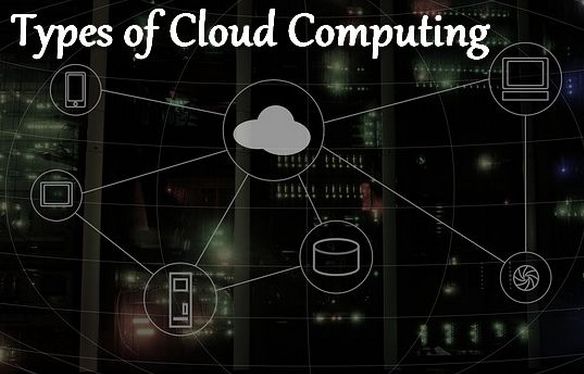Simply put, cloud computing refers to the delivery of computing services—storage, databases, servers, networking, analytics, software, and more over the Internet (“the cloud”). The companies that offer these computing services are known as cloud providers and they usually charge for cloud computing services depending on usage, in the same way as electricity or water bills at home.
Want a career in the cloud? Intellipaat offers AWS, DevOps, and Azure Training. Check it now!
Whether you run applications that share photos to thousands of mobile users or support your own business-critical operations, a cloud services platform will provide fast access to flexible, low-cost IT resources. With AWS Certification And cloud computing services, you do not need to make large up-front investments in hardware and also spend a lot of time managing the hardware.
Instead of this, you can provision the exact size and type of computing resources you need to drive your bright new idea or even keep your IT department operational. You can always access as many resources as you want, almost instantly, and only pay for what you use.
How Does Cloud Computing Work?
Cloud computing usually provides a very simple way to access servers, databases, storage, and various application services on the Internet. Cloud service platforms such as Amazon Web Service own and maintain the network-connected hardware necessary for these application services, while you provision and consume what you want through web applications.
Types of Cloud Computing
Cloud computing is usually classified in 2 ways:
- Cloud computing location
- Types of cloud computing services offered
Cloud location
Based on cloud location, cloud computing is usually classified in the following 4 ways:
- Public cloud
In a public cloud, the computing infrastructure is usually hosted by the cloud vendor at the vendor’s premises. Customers usually have no visibility and even control over where the cloud computing infrastructure is hosted. The cloud computing infrastructure is usually shared between organizations.
- Private cloud
In this type of cloud computing, the computing infrastructure is usually dedicated to a specific organization and not shared with other organizations. Some professionals think that private cloud is not a real example of cloud computing. In addition, private clouds are usually more secure and more expensive than public clouds.
Private clouds are divided into 2 types: On-premises private clouds and externally hosted clouds. Externally hosted clouds are also used exclusively by a single organization, but are hosted by a third party that specializes in cloud infrastructure. On the other hand, an externally hosted cloud is usually cheaper compared to an on-premises private cloud.
- Hybrid cloud
Organizations might host critical applications in a private cloud and applications with relatively lower security concerns in a public cloud. The use of public and private clouds together is known as a hybrid cloud. Cloud bursting is widely used in conjunction with hybrid clouds. In Cloud bursting organizations use their own computing infrastructure for normal use, but they access the cloud by using services like Salesforce cloud computing for high or peak load requirements. In turn, this ensures that sudden increases in computing needs are properly handled.
- Community cloud
It involves sharing computing infrastructure between specific community organizations. For example, all Government organizations in a given state can share computing infrastructure in the cloud to manage data related to people living in that state.
Classification based on the services provided
Based on the services offered, clouds are classified in 3 ways:
- Infrastructure as a service, now generally as (IaaS)
It involves offering hardware related cloud services using cloud computing service principles. This may include some type of storage service (disk storage or database) or virtual servers. The leading vendors that typically provide Infrastructure as a cloud service are Amazon S3, Amazon EC2, Flexisncale, and Rackspace Cloud Server.
- Platform as a Service commonly referred to as (PaaS)
This involves provisioning a development platform in the ‘cloud’. Platforms provided by various vendors are usually not compatible. Typical players in PaaS are Microsoft Azure, Google Application Engine and Salesforce.com.
- Software as a service, also known as (SaaS)
This includes a comprehensive software offering in the cloud. Users can also access software applications hosted by cloud vendors on a pay-per-use basis. This is an established sector. A pioneer in this field is Salesforce.com’s offering in the online Customer Relationship Management space. Other notable examples are online e-mail providers such as Microsoft Hotmail and Google’s Gmail, Google docs and a version of Microsoft’s online office called Business Productivities Online Standard Suite (BPOS).
Conclusion
The above types of cloud computing are just the beginning. There are new ideas and iterations that are constantly being brought to the forefront. As the idea of cloud computing becomes a necessary and viable option for most businesses, the types of cloud computing services that providers can provide to organizations will also continue to evolve.








